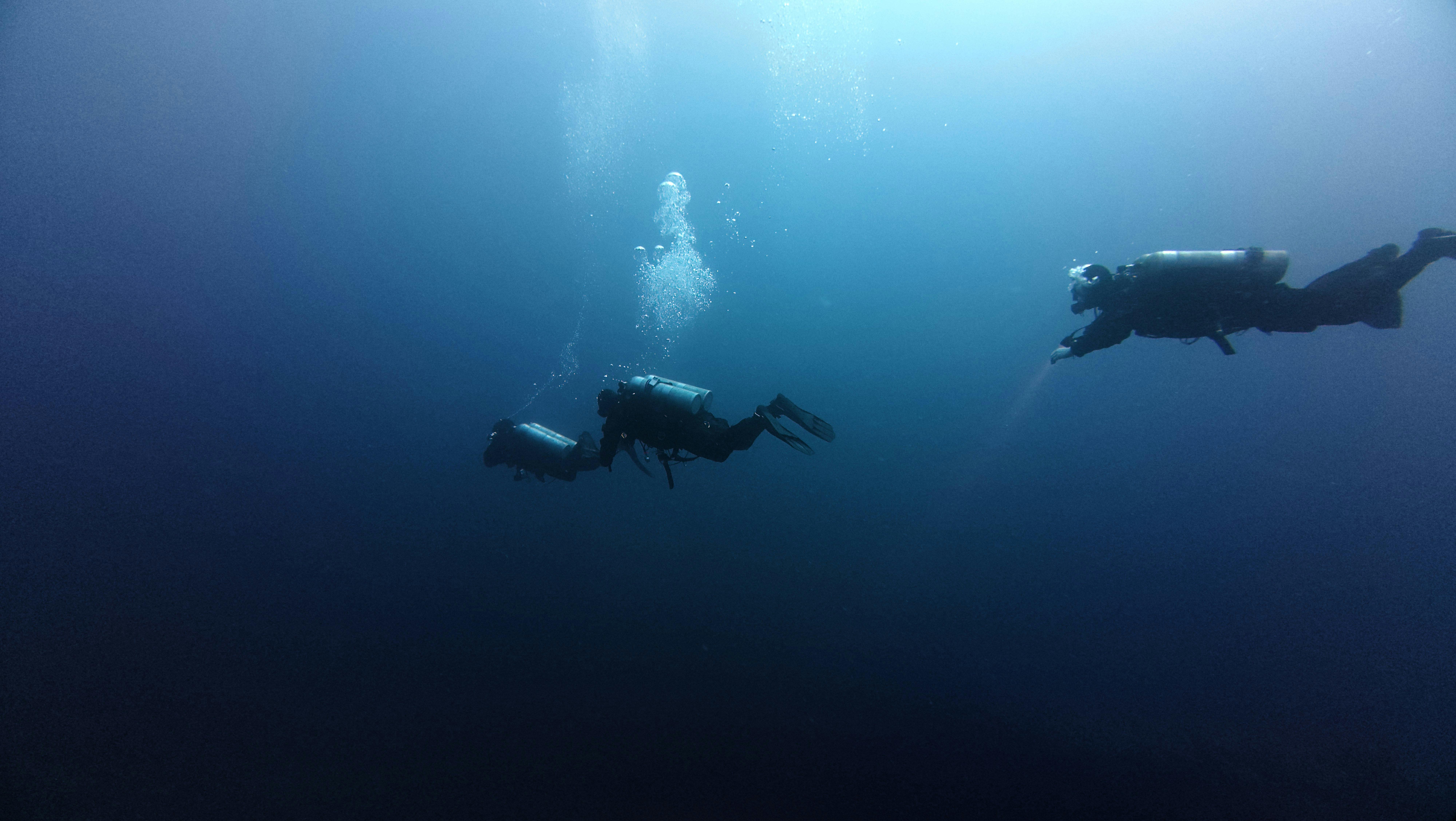Exploring the Depths: Cave Diving Tourism's Subterranean Allure
As adventurers seek novel experiences, cave diving tourism emerges as a thrilling frontier in travel. This niche pursuit combines the excitement of underwater exploration with the mystery of subterranean landscapes, attracting thrill-seekers and nature enthusiasts alike. From Mexico's cenotes to Florida's springs, cave diving offers a unique perspective on Earth's hidden realms, challenging travelers to venture beyond the surface and discover the wonders concealed beneath.

The 1960s and 1970s saw the first commercial cave diving operations emerge in Florida, where the abundance of freshwater springs and extensive underwater cave networks provided ideal conditions for this burgeoning activity. As safety protocols and training methods improved, cave diving gradually transitioned from an exclusive pursuit of researchers and daredevils to a more accessible, albeit still specialized, form of adventure tourism.
The Allure of the Underground Aquascape
What draws travelers to cave diving is the promise of witnessing otherworldly landscapes that few have seen. Unlike open-water diving, cave diving offers a sense of enclosure and intimacy with the underwater environment. Divers navigate through intricate passageways adorned with stalactites and stalagmites, some of which have taken millennia to form.
The play of light in these submerged caverns creates an ethereal atmosphere, with beams of sunlight filtering through cracks and illuminating crystal-clear waters. In some locations, such as the cenotes of Mexico’s Yucatan Peninsula, divers can experience the surreal phenomenon of haloclines – where layers of fresh and salt water meet, creating a shimmering, mirror-like effect.
Destinations Making Waves in Cave Diving Tourism
While Florida remains a cornerstone of cave diving tourism, other destinations have emerged as hotspots for this unique activity. The Yucatan Peninsula in Mexico has gained international fame for its cenotes – natural sinkholes filled with freshwater that often lead to extensive cave systems. These sites not only offer spectacular diving but also hold cultural significance, having been sacred to the ancient Maya civilization.
In Europe, the Ordinskaya Cave in Russia’s Ural Mountains has become a magnet for experienced cave divers, boasting the world’s longest underwater gypsum cave. Meanwhile, the Bahamas’ blue holes provide a different flavor of cave diving, with vertical caverns that plunge into the ocean floor, harboring unique marine life and geological formations.
The Technical Challenges and Safety Considerations
Cave diving is not without its risks, and the tourism industry surrounding it places a heavy emphasis on safety and proper training. Unlike open-water diving, cave diving requires specialized equipment, including redundant air supplies, powerful lights, and guide lines to ensure divers can find their way back to the surface.
Tour operators and diving schools offering cave diving experiences typically require participants to undergo rigorous training and certification processes. These courses cover crucial skills such as buoyancy control, navigation in zero visibility conditions, and emergency procedures specific to overhead environments.
The technical nature of cave diving has led to the development of advanced diving technologies. Rebreathers, which recycle exhaled breath, allow for longer dives and reduced environmental impact. Sidemount configurations, where tanks are worn alongside the body rather than on the back, provide greater maneuverability in tight spaces.
Diving into the Details: Essential Knowledge for Cave Diving Tourists
• Always dive with a certified guide who knows the specific cave system
• Undergo proper training and certification before attempting cave diving
• Respect the fragile cave environment by practicing a strict no-touch policy
• Be aware of your air consumption and turn pressure – the point at which you must begin your return journey
• Understand that cave diving requires mental as well as physical preparation
• Familiarize yourself with local regulations and permit requirements for cave diving sites
The Future of Subterranean Exploration
As cave diving tourism continues to grow, it faces the dual challenge of increasing accessibility while preserving the delicate ecosystems of these underwater caves. Sustainable tourism practices are becoming increasingly important, with some locations implementing strict visitor limits and conservation measures.
Advancements in underwater mapping and 3D modeling technologies are opening up new possibilities for virtual exploration, allowing armchair adventurers to experience the beauty of cave systems without physical impact. These technologies also aid in scientific research and conservation efforts, helping to document and protect these unique environments for future generations.
Cave diving tourism represents a fascinating niche in the travel industry, offering intrepid explorers the chance to witness some of Earth’s most spectacular hidden wonders. As it evolves, this form of tourism continues to push the boundaries of adventure travel, inviting those with the courage and skill to delve into the planet’s final frontiers.





